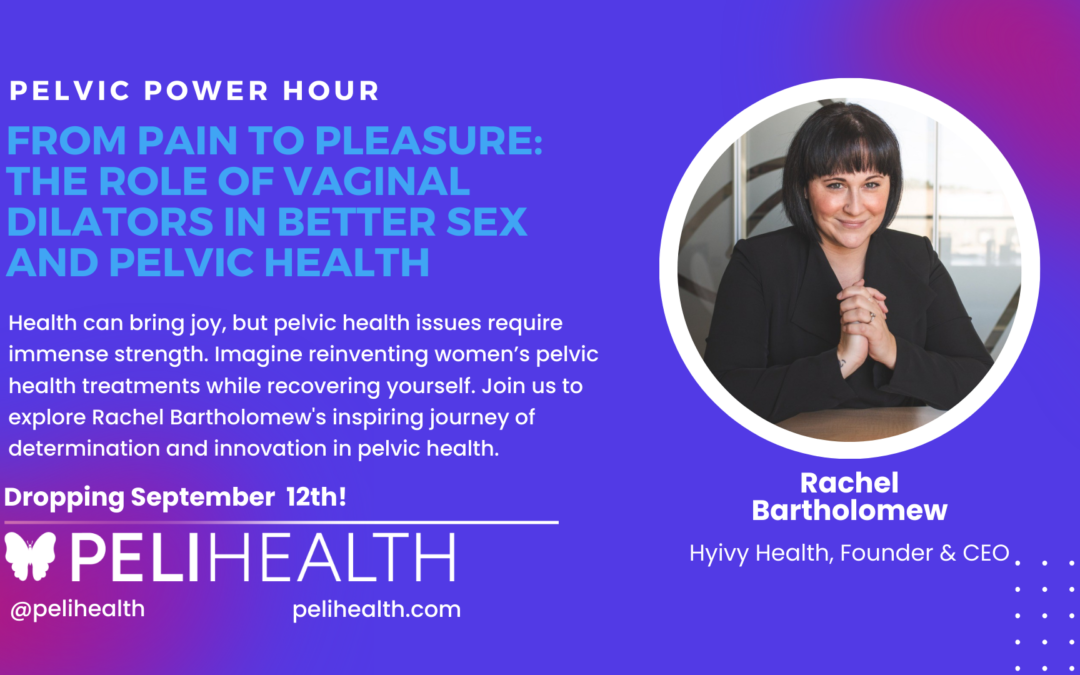The Short Story
- Pelvic organ prolapse (POP) is a common condition that affects many women, but it’s not something that is often talked about.
- The signs and symptoms of POP include a feeling of pressure or fullness in the pelvic area, difficulty with bowel movements or urination, or even a bulge or lump in the vaginal area.
- To reduce the risk of POP, it’s important to maintain a healthy weight and exercise regularly, especially pelvic floor exercises.
The Deep Dive
Pelvic organ prolapse (POP) is a prevalent condition affecting many women, yet it often goes undiscussed. Pelvic floor disorders, including urinary incontinence, fecal incontinence, and POP, impact roughly one in five women in the United States. While, Pelvic organ prolapse may be less common than urinary or fecal incontinence, the U.S. Office on Women’s Health indicates it affects almost 3% of U.S. women. In fact, the NIH reports that approximately 40% of women globally will experience pelvic organ prolapse (POP), a figure expected to rise with an aging population.
A recent survey by the Royal College of Obstetricians and Gynaecologists found that a whopping 60% of UK women have symptoms of poor pelvic health. About 11% of women are likely to undergo surgical correction for prolapse during their lifetime, making it the leading reason for hysterectomy in postmenopausal women. However, the situation isn’t entirely bleak; dispelling the silence and stigma, along with encouraging discussions about signs and symptoms, are crucial steps in early detection and, in some instances, prevention of prolapse.
First things first, let’s get a little anatomy lesson out of the way. Your pelvic organs include your bladder, uterus, and rectum, and they’re all held in place by a group of muscles and ligaments. POP occurs when these muscles and ligaments become weakened or damaged, causing one or more of your pelvic organs to drop down or bulge into the vaginal area.
So, what are the signs and symptoms of POP? You might notice a feeling of pressure or fullness in the pelvic area, difficulty with bowel movements or urination, or even a bulge or lump in the vaginal area. Some women also experience pain or discomfort during sex. If you’re experiencing any of these symptoms, it’s important to talk to your healthcare provider to get a proper diagnosis.
Let’s talk prevention. Unfortunately, there’s no sure-fire way to prevent POP from happening, but there are a few things that you can do to reduce your risk. One of the most important things is to maintain a healthy weight. Being overweight or obese can put extra pressure on your pelvic muscles and ligaments, making them more likely to weaken or become damaged.
Another important thing to consider is your exercise routine. Regular exercise, especially pelvic floor exercises (also known as Kegel exercises), can help strengthen the muscles that support your pelvic organs. And if you’re pregnant or postpartum, it’s especially important to do your Kegels, as these can help to prevent POP from occurring after childbirth.
POP is a common but often under-discussed condition that affects many women. But some brave women have spoken out about their experiences, Helen Ledwick is one of these amazingly brave women. Upon realizing she had a prolapse following the birth of her second child, she faced not only constant discomfort but also pervasive shame and a dearth of information and support. The revelation that one in three women experiences pelvic floor disorders horrified her, sparking a determination to take action. She candidly shares her journey about her experience with prolapse in her book ‘Why Mum’s don’t Jump’ and recently during our conversation with her in Peli Health’s Pelvic Power Hour. In this interview, she tells all, no holding back, in plain language, from discussions with her doctors, to pelvic floor physical therapy, to pessary fittings and more.
By being aware of the signs and symptoms and taking steps to reduce your risk, you can help to keep your pelvic organs where they belong – up and in place!
For more content like this, head over to our homepage and join the waitlist to our Pelihealth Platform! Be among the first to receive an invitation to MD-approved engaging and educational content, expert-led events, and with a supportive community. Helping women with education and better access to understanding and managing their pelvic health.
Sources:
- Pelvic Organ Prolapse, Cancer Therapy Advisor
- Maternal Morbidity & Mortality Web Portal, NIH Office of Research on Women’s Health (ORWH)
- What is pelvic organ prolapse?, Cleveland Clinic
Disclaimer: Pelvic issues are serious conditions and should be treated accordingly. Peli Health’s attempt at making the tone funny is to lighten the mood and help the reader feel more relaxed when reading about this subject. We are not medical doctors. We do not diagnose illness. The information on this site is provided for educational and informational purposes only and is not intended or implied to be a substitute for professional medical advice, diagnosis, or treatment. nor does it constitute providing medical advice or professional services. Always seek the advice of your doctor or other qualified health provider regarding a medical condition


